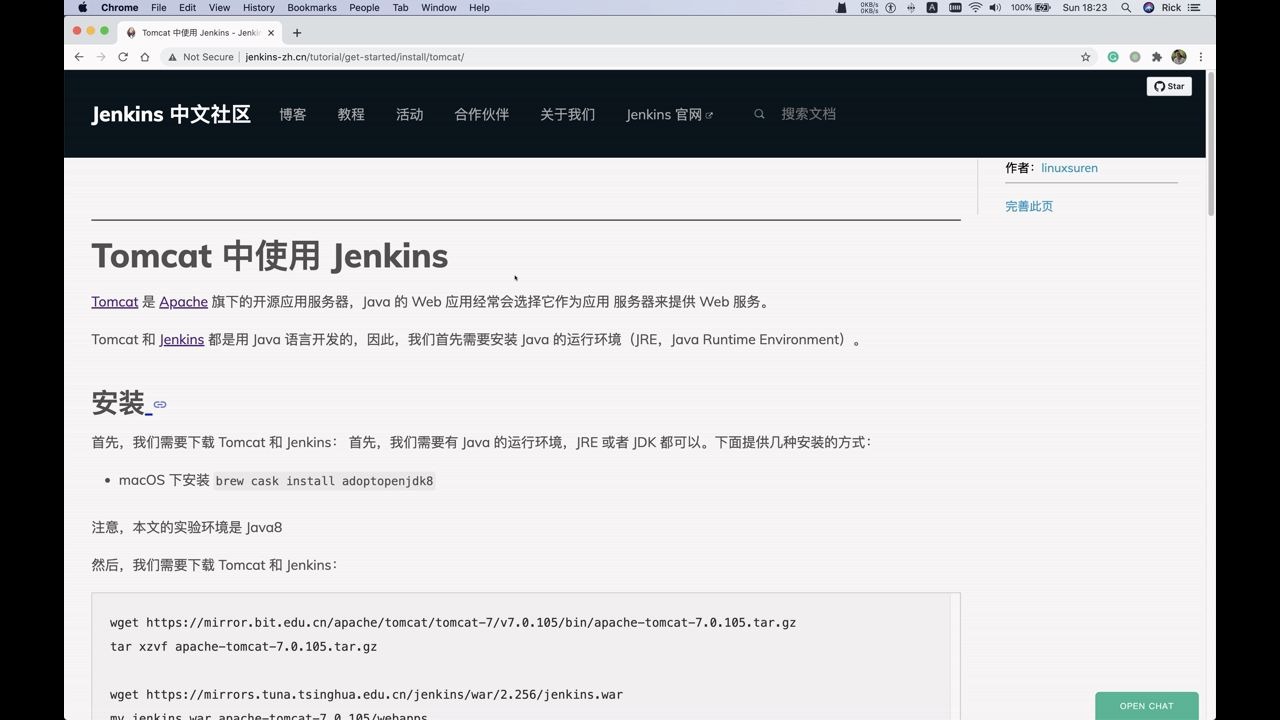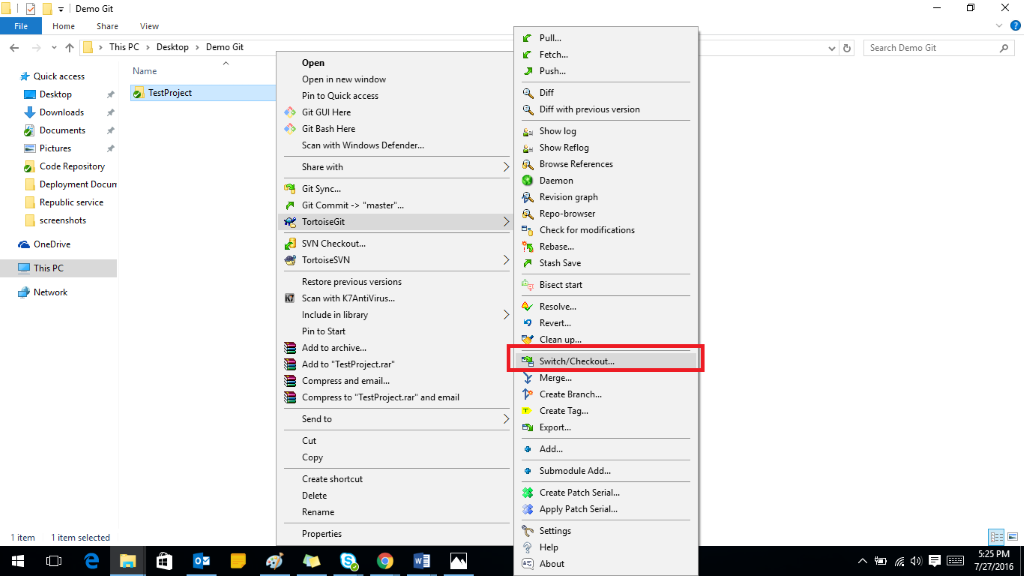
- #Jenkins tortoisehg for free#
- #Jenkins tortoisehg mac os#
- #Jenkins tortoisehg update#
- #Jenkins tortoisehg software#
var/lib/jenkins/jobs/My_first_job/workspace
#Jenkins tortoisehg update#
$ hg update -clean -rev defaultĦ files updated, 0 files merged, 0 files removed, 0 files unresolved The most interesting information can be found on the 'Console Output' :īuilding in workspace /var/lib/jenkins/jobs/My_first_job/workspace On the first part of the screen we are configuring the Mercurial repository (the local one) that jenkins must check out:īy clicking on the Build History item, you can enter to the details of the build.

#Jenkins tortoisehg software#
Give a name to your (in my case 'My_firs_job') select 'Build a free-style software project' and click 'ok', a new page allowing configure your job should be displayed. In Jenkins world, a 'job' is a set of task (that can be defined on a shell script) that are automatically executed within a configurable period, typically those tasks are related with building and testing.įrom the initial page (localhost:8080) click on 'New job'. Now we have everything we need to configure our first 'job'. Check it and click on the button 'Install without restart'. Under the available tab, you should be able to find 'Jenkins Mercurial plugin'. From the initial Jenkins web page, click on 'Manage Jenkins', and afterwards click on 'Manage Plugins'. The mercurial plugin is not installed by default.

Installing the Mercurial Plugin on Jenkins: Now our source code is under mercurial and therefore can be accessed by Jenkins, let's see how.Ģ. Download here the last release for debian Jenkins provides us with a set of features that allows that and much more, as automatic mails in case of broken builds, dashboards showing the tests results, CVS/Mercurial and others version control systems integration and on the top of everything a friendly web based interface allowing everybody to check the results and manage the system.Ī.
#Jenkins tortoisehg for free#
As usual we will explain on this post how to set up a basic configuration and have the tool working into a local environment, if you are looking for a more complex configuration you can download here for free the book 'Jenkins the definitive guide'.īasically what we are following with the continuous integration is to set up an environment that periodically and automatically check out our code, builds it and pass a set of regression/unit tests. Online documentation is available at: (the English version is most up to date, but it's available in more languages).Hello again!! Today I am going to talk about Jenkins, an open source tool that enables the continuous integration and delivery for our projects.

#Jenkins tortoisehg mac os#
The thg script and TortoiseHg dialogs can be used on any platform that supports PyQt, including Mac OS X. TortoiseHg is primarily written in Python and PyQt (the Windows shell extension being the notable exception). TortoiseHg binary packages list Mercurial as a dependency, so it is usually installed for you automatically. You must have Mercurial installed separately in order to run TortoiseHg on Linux. TortoiseHg consists of a command line thg script and a Nautilus extension which provides overlays and context menus in your file explorer. Binary packages of TortoiseHg for Windows include Mercurial, TortoisePlink and a merge tool and are thus completely ready for use “Out of the Box”. TortoiseHg consists of a shell extension, which provides overlay icons and context menus in your file explorer, and a command line program named thg.exe which can launch the TortoiseHg tools. TortoiseHg I think the old website ( ) was not yet migrated, so linking to the new repo seems best for now, to not make people think the project is dead is a set of graphical tools and a shell extension for Mercurial.


 0 kommentar(er)
0 kommentar(er)
